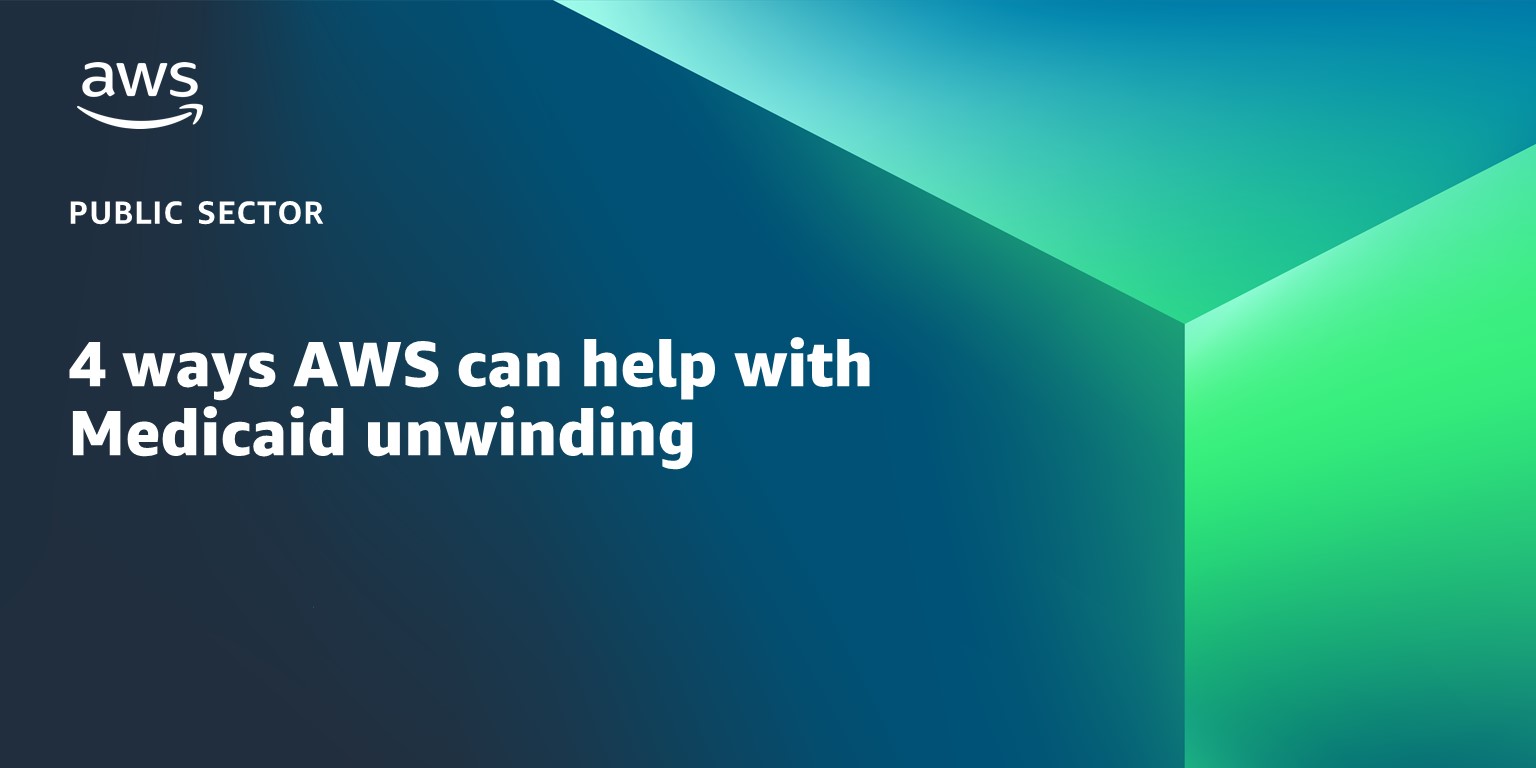AWS Public Sector Blog
Category: Best Practices
Creating a video storage and management system for your nonprofit
Nonprofit organizations are increasingly using videos to fundraise, raise awareness, and attract new members or donors. But storing large quantities of video has traditionally meant purchasing and maintaining expensive hardware, while cataloging large video collections can be a time-consuming task. The Media2Cloud on AWS solution in the AWS Solutions Library can help nonprofit organizations store, catalog, and search their video libraries in a way that is cost-effective, and that scales to meet any need. In this blog post, learn how Media2Cloud works and how your organization can use it to support your video program.
Investing in continuous learning to grow your organization’s future
Many organizations invest in infrastructure for future needs but may overlook needed technical training and cloud modernization skills for people within the organization. The AWS Cloud Adoption Framework (AWS CAF) provides guidance outlined in six different perspectives for an organization’s cloud transformation journey. One of these perspectives, People perspective: culture and change, addresses how to develop capabilities for the growth of people within an organization. Learn how developing key capabilities within the People perspective of the AWS CAF can support long-term mission success.
4 steps to build a data strategy for managing performance in the public sector
In the public sector, civic leaders must make sure that a wide variety of citizen services are delivered efficiently, responsibly, and successfully. To identify high performing operations and support those in need of improvement, decision-makers need real-time data in formats that are simple to interpret and understand. In my 25 years of experience serving the public sector, I’ve found that there are four foundational considerations for implementing a comprehensive public sector data analytics and performance management strategy.
Modernizing tax systems with AWS
Globally, tax agencies are increasingly looking to the cloud to address pressing needs, from aging and costly infrastructure, technology debt, poor disaster recovery (DR), and siloed data to challenges integrating with third party systems. In this blog post, learn how tax agencies and their tax solution providers can adopt a progressive approach to modernizing tax systems with AWS to enable more efficient and effective tax administration.
3 ways AppStream 2.0 transforms the CTE and STEM experience in schools
How can schools make sure students have more equitable access to the real-world technology they need to grow skills in science, technology, engineering, and mathematics (STEM)? The answer is Amazon AppStream 2.0, an application streaming service from AWS that lets users run any desktop application, on any computer, with the cloud. With access to high-powered programs and applications on any device connected to the internet, educators can provide career technical education (CTE) and STEM curricula to students anywhere, anytime. Find out the three ways that AppStream 2.0 improves the STEM classroom and more.
4 ways AWS can help with Medicaid unwinding
Beginning on April 1, 2023, state Medicaid agencies (SMA) will have one year to “unwind” temporary COVID-era changes and return to pre-pandemic ways of working. A major part of that will be re-verifying that all 91 million members still qualify to receive Medicaid benefits. For nearly a year, AWS has supported SMAs with in-house Medicaid expertise to identify unwinding issues and develop solutions to address them. The top four concerns that SMAs have shared are in approaching outreach and engagement, staffing shortages, returned mail, and reporting capabilities. Learn how AWS can help states across the country overcome these challenges across different scenarios.
Supporting 911 centers with non-emergency response solutions: An architecture guidance
AWS is helping the 911 community mitigate the impact of staffing shortages on call wait times by providing 911 centers the means to automate the receipt and resolution of designated non-emergency calls. Learn how the Jefferson County Communications Center Authority is already seeing improvements using an AWS solution, and discover the solution’s components that support 911 centers in handling non-emergency calls at scale.
Helping governments and businesses pioneer sustainability initiatives: Top takeaways from the AWS Sustainability Conference
The AWS Sustainability Conference held in Dublin gathered public sector and commercial organisations to came together to better understand how the AWS Cloud can drive sustainability initiatives. The conference focused on the importance of sustainability in business strategy, and how organisations can leverage the power of technology to achieve their sustainability goals. Leaders at the AWS Sustainability Conference discussed key best practices to optimize for sustainability initiatives.
Powering smart islands: How islands can pioneer scalable green energy solutions
A new geopolitical and energy market reality has accelerated momentum for the green transition. But there is one geography for which energy is a perennial challenge: islands. Islands have always sought to create a sustainable environment for their populations and have had to use ingenuity, collaboration, and civic will to make it happen—and often by using innovative technology. In this way, islands can be viewed as living laboratories of what could be scaled up for mainland communities. As the world responds to the energy crisis, islands can show a path for overcoming energy challenges.
The true costs of resiliency decisions
Many organizations may not fully recognize or calculate the true costs of workload resiliency decisions. These true costs include the full spectrum of costing considerations that make up a decision, from readily-determinable accounting costs to less-recognizable intangible costs. As public sector organizations often have limited resources and complex missions, it’s important to understand the true costs and economic impact involved in a resiliency decision; this can help these organizations to both prepare and plan with their available resources.









